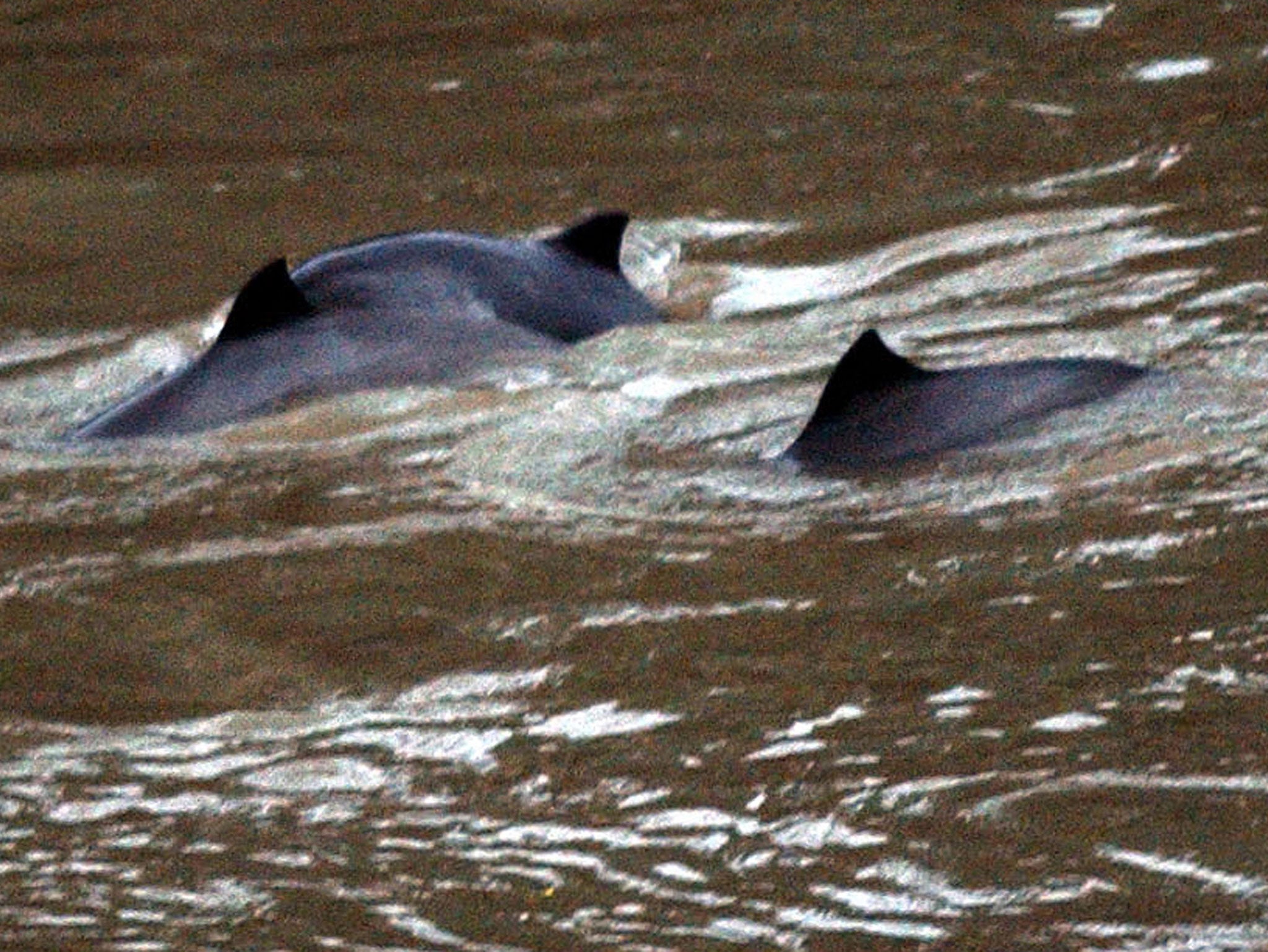The animal kingdom's deadliest hunter? Harbour porpoises catch 90% of their prey, study finds
Elusive creatures nicknamed 'puffing pigs' are capable of catching a fish every 6.6 seconds

Your support helps us to tell the story
From reproductive rights to climate change to Big Tech, The Independent is on the ground when the story is developing. Whether it's investigating the financials of Elon Musk's pro-Trump PAC or producing our latest documentary, 'The A Word', which shines a light on the American women fighting for reproductive rights, we know how important it is to parse out the facts from the messaging.
At such a critical moment in US history, we need reporters on the ground. Your donation allows us to keep sending journalists to speak to both sides of the story.
The Independent is trusted by Americans across the entire political spectrum. And unlike many other quality news outlets, we choose not to lock Americans out of our reporting and analysis with paywalls. We believe quality journalism should be available to everyone, paid for by those who can afford it.
Your support makes all the difference.Harbour porpoises are among the most skilled hunters in the animal kingdom, capable of catching more than nine fish a minute, scientists who tracked animals in the wild have discovered.
And, because they live in such cold water, they need to eat almost constantly just to generate enough energy to stay alive.
The researchers warned that this hectic lifestyle meant that the porpoises were particularly vulnerable to noise from ships and marine industries that interferes with their echolocation calls, which they use to track and catch their prey.
Dr Danuta Wisniewska, of Aarhus University in Denmark, said: “Our results show that porpoises hunt small fish, typically less than five centimetres, nearly continuously day and night at ultra-high rates, attempting to capture up to 550 fish per hour, and frequently more than ten per minute.
“We were surprised by the efficiency with which these small predators feed.
“A success rate of over 90 per cent, translating into as many as 3,000 fish caught per day, means that porpoises are amongst the most successful known hunters.”
She and other scientists from Denmark, Germany and Scotland attached miniature computers to five wild porpoises to study their lifestyle, they reported in the journal Current Biology.
By analysing the sound of their echolocation they were able to work out how often they tried to catch fish, how often they succeeded and even estimate the size of the fish.
“This is the first time we have been able to measure simultaneously how a marine mammal hunts and how often it is successful,” Dr Wisniewska said.
“The trick here was to tap into the echolocation sounds that porpoises use to sense their environment.
“Porpoises make hundreds of clicks a second as they approach prey, and the echoes coming back give us incredible detail about what the prey are doing.”
They constant nature of the porpoises’ quest for food prompted the researchers to describe them as “aquatic shrews”, after the tiny land animals that eat up to two times their own body weight a day and also use echolocation.
Dr Wisniewska, who described their hunting skills as “remarkable”, said the porpoises were targeting fish that are “not of interest in commercial fisheries” because they are too small.
But this strategy is threatened by the noise created by ships’ engines, submarines’ sonar and other underwater sounds created by humans.
“Relying on such small prey makes porpoises especially vulnerable to disturbances, because there is no room for compensation,” Dr Wisniewska said.
The Hebrides of the west coast of Scotland is home to one of the largest populations of harbour porpoises in Europe.
According to the Hedridean Whale and Dolphin Trust, they are normally seen “only briefly, when they surface to breathe”.
“When they do surface, the blow is not normally visible but a puffing sound is often heard, earning this animal the nickname ‘puffing pig,’” the trust’s website says.
“They are commonly seen in groups of two to five animals. Generally thought of as being quite elusive animals.”
Join our commenting forum
Join thought-provoking conversations, follow other Independent readers and see their replies
Comments